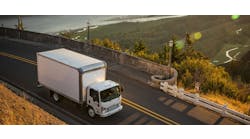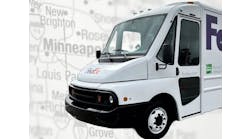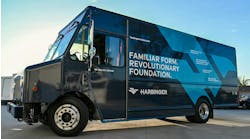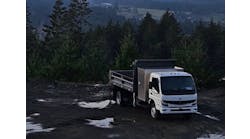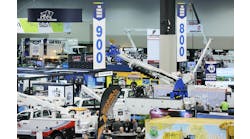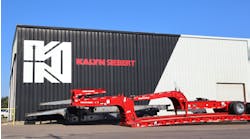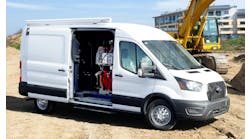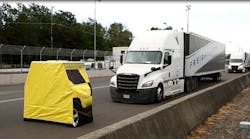PORTLAND, OR. When it comes to the latest transportation technologies, the world’s largest truck maker certainly has the global wherewithal to cover all the bases. Indeed, despite the headline grabbing efforts of some startup companies working on vehicle electrification and autonomous driving, Daimler Trucks already has such vehicles in the pipeline and even on the road with customers, company executives explained to investment analysts and media representatives here for Daimler Trucks Capital Market and Technology Day.
The key, explained Martin Daum, member of Daimler Board of Management for trucks and buses, is for the corporate giant to harness the global expertise and scale of its established businesses—from engineering to production to sales to maintenance—while also encouraging “startup thinking” focused on lean and speedy product development.
“Whenever we collaborate on a global scale, we are unbeatable,” Daum said.
But he also emphasized that advancements will continue to be “evolutionary, not revolutionary” in order to provide compelling but cost-effective products.
In terms of autonomous vehicle technology, that means only offering vehicles that are 100% safe, explained Dr. Peter Vaughan Schmidt, Head of Strategy at Daimler Trucks. And while the company already produces and sells the safety systems that are the building blocks of autonomy (and combined them successfully in the Freightliner Inspiration Truck three years ago), taking the next step and delivering a viable, production vehicle is a substantial challenge.
“There’s no cutting corners—building a real, autonomous truck as a product is really complicated,” said Vaughan Schmidt. “To be better than a human means the ability to handle all situations, including the unknown. That’s the difficult part. The first 99% are easy.”
Still, Level 4 autonomy is appealing to customers for the technology’s promise to reduce human errors, make equipment more productive and increase productivity, and to provide relief for drivers.
Getting to know the unknown will be a deliberate process of refining the hardware and software through the collection and analysis of data. In terms of “when and where,” Vaughan Schmidt explained that urban areas and country backgrounds are not the target. Highways, however, represent a “much more controlled environment” that is more predictable. He’s quick to note that adding the various components of autonomy to a truck—cameras, sensors, vehicle controls—and safely running limited tests “somewhere in the desert” has nothing to do with real automated driving.
So real-world testing—and eventual product availability—will be done in phases, as the autonomous vehicles develop mastery of the highways one segment at a time, added Derek Rotz, DTNA director of advanced engineering.
“The nature of an early-level research program is that there are a lot of unknowns,” Rotz said. “Validating on that level will be significantly different than what we’re doing today. What you’ll see is a very slow, incremental rollout.”
For example, a test segment might be along the Interstate between Las Vegas and Salt Lake City, entailing detailed mapping of the segment then testing in various conditions. With the technology validated for that segment, the testing would move to another.
“There will be portions of routes that can be highly automated, depending on the scenarios. The key is to make sure you’ve tested against all of the possible combinations to eliminate what you don’t know,” said Kary Schaefer, general manager, Product Marketing and Strategy for DTNA. Similarly, she anticipates some “geo-fencing” will initially will limit operations.
Significantly, Daimler Trucks “will not be pressured” by unrealistic market expectations driven by the hype coming from potential competitors.
“We’re going to do our testing and validation with a focus on safety like we always do,” Schaefer said.
To that end, Daimler Trucks has created an Automated Truck Research and Development Center in Portland, Ore. The facility will be located at DTNA headquarters, where DTNA already has a significant research and development presence, including a full-scale heavy-duty truck wind tunnel on Swan Island and the High Desert Proving Grounds nearby in Madras, Ore.
The center will be dedicated to further developing automated driving technology and understanding its impact on society and benefits for customers. Engineers there will draw on research and development resources from Daimler Trucks locations in Stuttgart, Germany and Bangalore, India to form a global network of hundreds of engineers devoted to the topic of automated driving, leveraging the experience and knowledge from previous research performed across Daimler’s vehicle divisions, including passenger cars. The three locations will work very closely together, while R&D activities on automated trucks in Germany will also be expanded to expedite and deepen the company’s efforts in this field.
The new facility is part of the company’s plans to invest $3 billion in total research and development activities in 2018 and 2019 with $600 million of that earmarked for e-mobility, connectivity and automated commercial vehicle technology.

